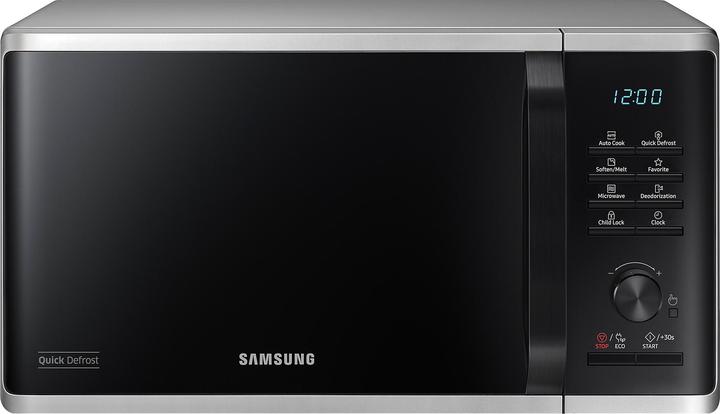

True or false? Eight myths about storing food busted!
Do you keep tomatoes in the fridge or at room temperature? Is it OK to refreeze defrosted meals? Does leftover canned food need to be stored in a different container? I got to the bottom of common household myths.
There’s one question that regularly arises in almost every household: How do you store food products so that they keep for as long as possible? After all, nobody wants to go to the shop or local farmer every day to buy fresh fruit and veg. With just a few simple tricks, you’ll be able to keep foodstuff for a lot longer than you might think. But be aware of some popular beliefs that simply aren’t true.
Don’t put tomatoes in the fridge
Almost all household refrigerators are equipped with a vegetable compartment or crisper – usually the drawer at the very bottom. As the name suggests, it’s where you put your veg. Cauliflower, carrots, lettuce, asparagus, leek or broccoli can all be put in the drawer without a problem. As these vegetables aren’t sensitive to the cold, the low temperatures will keep them fresher for longer. Most kinds of berries can also be stored in the vegetable compartment without hesitation. But then there are veggies that don’t like the cold: aubergines, cucumbers, ginger, potatoes, onions, basil and our good friend the tomato. None of them should be stored in the refrigerator, but, instead should be kept in a dark place at room temperature. With one exception, that is. Potatoes prefer cool temperature and are ideally stored in the cellar – provided it isn’t too damp. Alternatively, you can put them in any other dark and dry spot. Apples, bananas, lemons and mangoes should never go in the fridge.
In other words, the tomato myth is true.
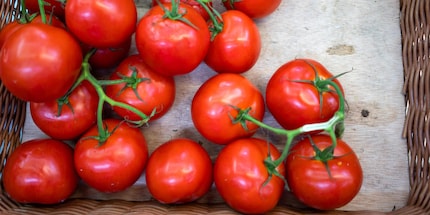
Apples can be stored with other types of fruit and vegetables
Certain vegetables and fruits produce ethylene – a ripening gas that’s produced after harvesting and during storage. It accelerates not only the ripening process but also the rotting f sensitive fruit and veg. Ethylene producers include mangoes, tomatoes, pears and apples. Store any of the ethylene producers with, let’s say, tangerines, oranges, spinach, lettuce, cabbage, carrots, cucumber, beans or potatoes, they will ripen faster. So not only is it important to be careful about what kind of fruit and veg you keep in the fridge or at room temperature, but also which types you store together.
So the myth about being able to store apples with any other type of fruit is false.
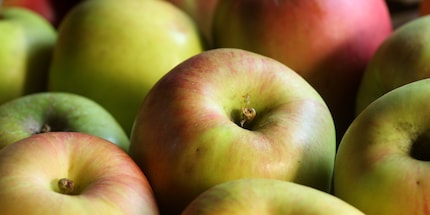
Mushrooms shouldn’t be reheated
Mushrooms are delicate matter. This is already the case if you’re picking them yourself. The rule of thumb for safety is: only pick those you recognise. If in doubt, always ask an expert. We don’t want those handpicked mushrooms to be your last. If they’re shop-bought, you shouldn’t wait too long until you eat them. What’s more, mushrooms shouldn’t be kept in the fridge. Mushroom dishes should be eaten within a short period of time. This has nothing to do with the reheating process but with the fact that mushrooms, similarly to spinach and potatoes, are sensitive and prone to go off. Don’t worry about using that creamy mushroom sauce the day after you made it and feel free to reheat it in a pan, the oven or in the microwave. What’s key is that you reheat your mushrooms at high heat so that any germs are killed.
This means that the mushroom myth is a lie.
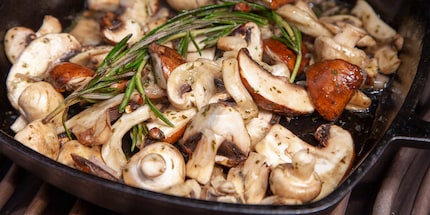
Leftovers from cans should be transferred to plastic containers
Cans that have been opened are hard to close. Even if the food stored in them is steeped in oil or other liquid, they tend to go off faster because the container is no longer airtight. In addition, there’s a risk of small metal parts getting into the food if the can hasn’t been opened correctly. By the way, this isn’t just an issue with uncoated cans. Small reactive molecules can also come off a coated can and contaminate its contents. For this reason, any opened can should be recycled and the leftover contents stored in a glass or plastic container.
This means the myth is true.
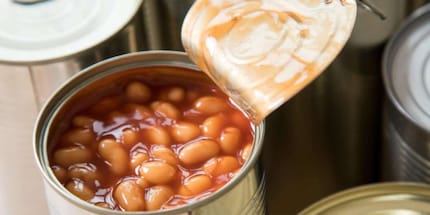
Mouldy jam isn’t as bad as mouldy cheese
Mouldy foodstuff should also be chucked. Sure, the mould might look superficial, but with a lot of foodstuff, there’s no way of knowing if that’s the case by just looking it. In other words, bin it. Better safe than sorry. Even if you cut off or spoon out the fuzz, the food in question might be fully completely contaminated with harmful fungal toxins. The visible part of the mould, the so-called mushroom body, is only the tip of the iceberg. Please keep in mind that mould can be harmful, regardless which type of foodstuff is affected.
This means the mould myth’s false.
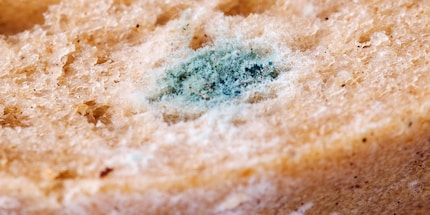
Microwaves destroy more nutrients than regular cooking
Nutrients are lost when you heat food products, regardless if it’s being done in a microwave, whilst cooking, frying or baking. The loss of vitamins and other nutrients are roughly equal in all processes. The methods only differ in terms of how the food is heated. And, depending on the nutrient, this can actually make a difference. This is because each vitamin reacts differently. In other words, it’s possible that a certain vitamin is destroyed in a hot oven but would survive unscathed if it’s blasted in a microwave. Vitamins are little divas that all behave differently. It is therefore impossible to make a blanket statement that microwaves destroy more nutrients when heating food than ovens or pans do.
This busts the myth of microwaves being nutrient killers.

Defrosted food shouldn’t be frozen again
If you defrost food and then freeze it again, both the taste and the quality suffer. The word «freezer burn» comes to mind. Thawing food should be done in the fridge whenever possible. This is because defrosting food at room temperature can create bacteria that can only be killed when exposed to enough heat. Defrosting your food in the refrigerator can prevent it from developing in the first place. Either way, it isn’t advisable to refreeze the majority of food. Naturally, there are exceptions to this rule, as it all depends on the type of food you’re dealing with. For example, bread can be refrozen after it’s thawed. However, the quality will suffer noticeably.
In a nutshell: the freezing myth is true.
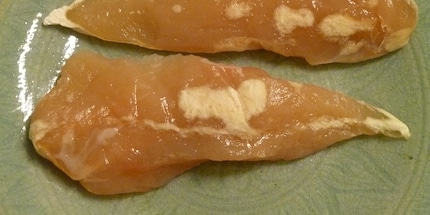
Rice in a salt cellar prevents lumps
Grains of rice in a salt cellar: you’ve seen that before, right? Restaurants like to use this trick to prevent lumps. But does it actually work or is it a load of nonsense? It actually works. This is because rice contains starch – just like potatoes. The starch absorbs moisture from the salt by binding it to it. Astonishingly, the grains of rice don’t turn soggy but remain hard. This prevents clogging and makes the salt easy to sprinkle over your food.
This means the myth about the rice in the salt is correct.

Alce Nero Basmati rice
500 g
Do you know of any other hacks that keep food fresh and crispy? Or maybe you know of storing methods that keep foodstuff edible for longer? Thanks for sharing your tricks in the comment section below. If you'd like to get more tips and tricks for your home, follow me by clicking on the «Follow author» button.
When I'm not stuffing my face with sweets, you'll catch me running around in the gym hall. I’m a passionate floorball player and coach. On rainy days, I tinker with my homebuilt PCs, robots or other gadgets. Music is always my trusted companion. I also enjoy tackling hilly terrain on my road bike and criss-crossing the country on my cross-country skis.
Practical solutions for everyday problems with technology, household hacks and much more.
Show all

